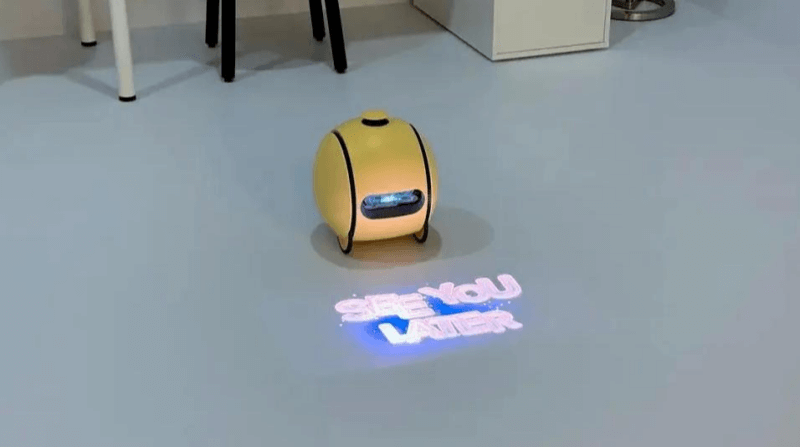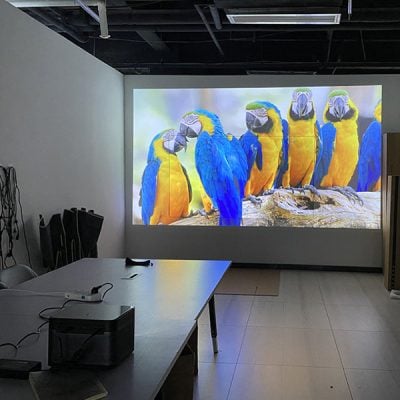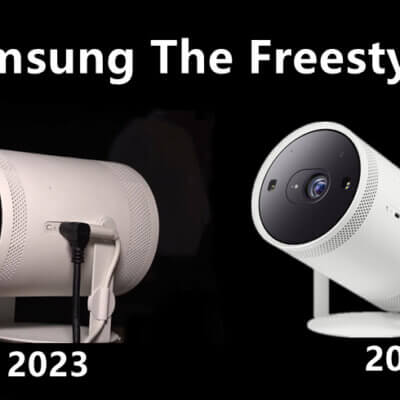Samsung has teased the upcoming release of its first AI-powered projection robot, Ballie, via an official Instagram post. While the company hasn’t confirmed an exact launch date, it’s expected to reveal full details, including pricing and availability, in the near future.
Originally making a splash at CES 2025, Ballie is positioned as a “home AI companion” and is deeply integrated with the SmartThings ecosystem. It combines mobility, smart home control, and wellness data display—all wrapped in an innovative design. But its standout feature is the built-in Full HD triple-laser projector, which reportedly delivers visual performance on par with Samsung’s premium The Premiere 5, setting the stage for a new category of smart projection experiences.

Major Upgrade from Concept to Reality
One of Ballie’s biggest advancements lies in its upgraded projection system. Compared to the lower-resolution concept model unveiled back in 2020, the latest version now boasts 1080p resolution with a triple-laser light source. This brings significant improvements in brightness and color accuracy, making it well-suited for nighttime viewing.
In a world-first innovation, Ballie features a switchable lens system, enabling both short-range (floor-level UI projection) and long-range (wall-based entertainment or navigation) modes. This dual-mode functionality makes it far more flexible than conventional fixed projectors. Coupled with built-in AI algorithms, Ballie can automatically adjust the projection angle and focus, ensuring a sharp image even while on the move—an essential feature for mobile projection in dynamic environments.

Expanding the Boundaries of Projection Use
According to industry analysts, the projection upgrade significantly broadens Ballie’s use cases. It breaks away from the limitations of static projection, allowing the device to adapt to a variety of environments and user scenarios.
For example:
- Home Entertainment: Ballie can follow users around the house, projecting streaming content onto any wall in real time.
- Smart Home Control: It can act as a mobile control hub by projecting interactive interfaces on the floor, allowing users to manage lights, temperature, and more via gesture control.
- Wellness & Fitness: Ballie can visualize Samsung Health data on the wall and assist with guided workouts, becoming an intelligent health companion.
- Edutainment: It also supports interactive projection games on the floor, blending education and play in engaging ways.

A New Phase for Smart Projection
Overall, Ballie represents a potential shift in projection technology—from “fixed large screens” to mobile, ambient displays. With a combination of AI intelligence and autonomous mobility, it offers a glimpse into how projectors might become part of everyday living patterns and how human-device interaction could evolve.
Samsung has confirmed a U.S. launch in the first half of 2025, signaling a focus on high-income tech-savvy consumers. While pricing has not yet been announced, industry comparisons suggest Ballie may land in the $2,000–$2,500 range, positioning it between Samsung’s The Premiere 5 ($3,000) and competing models like LG’s CineBeam Q ($1,500).
Whether Ballie can eventually reach the mainstream market remains uncertain—but it’s clear that Samsung is aiming to redefine what a smart projector can be.




